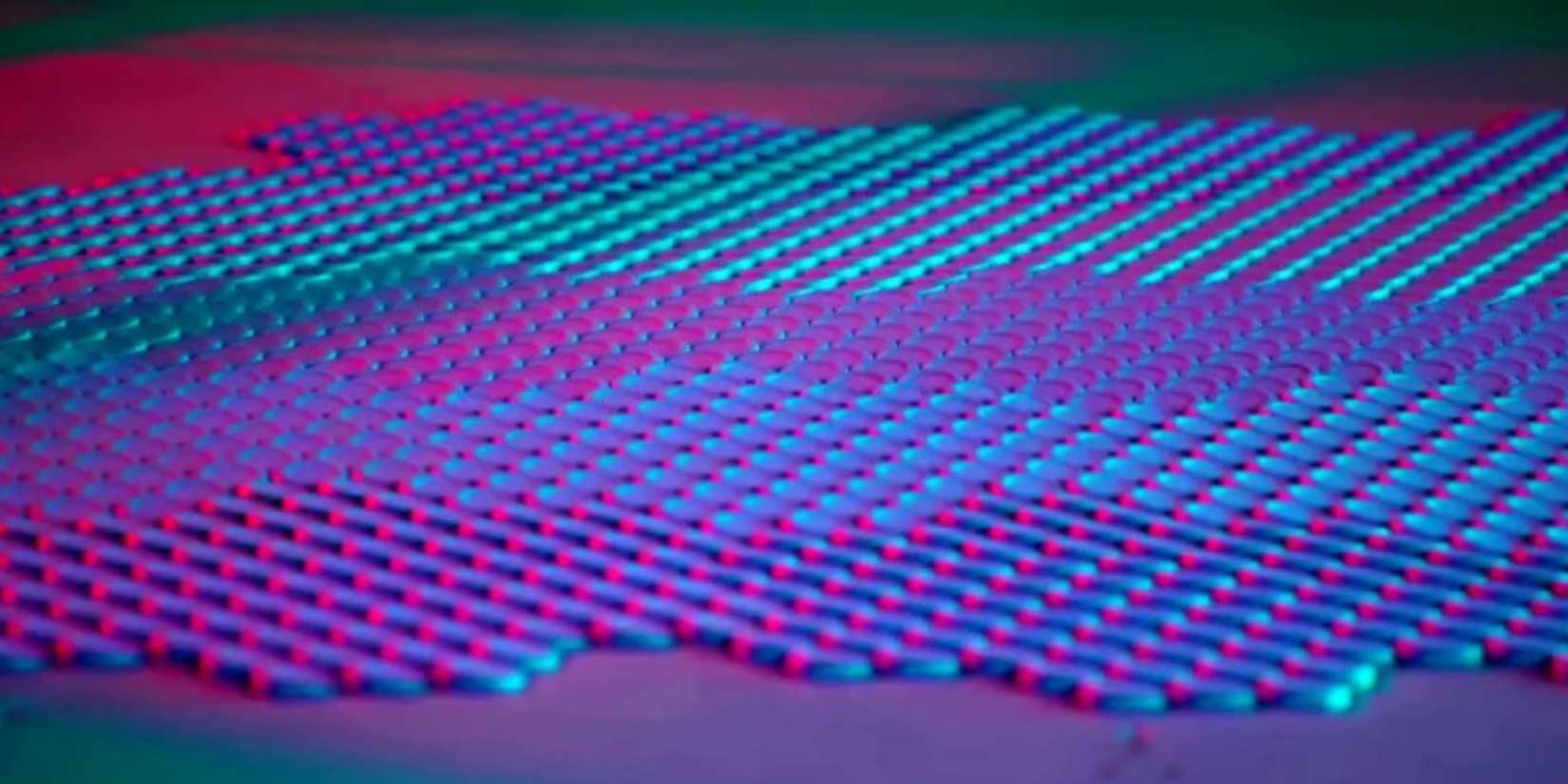Disney recently unveiled a groundbreaking technology called HoloTile that offers an elegant solution to a common problem in the world of virtual reality (VR): the restriction of physical movement. The HoloTile is an omnidirectional, multi-user treadmill that allows free movement in virtual environments without the risk of colliding with real objects or other people.
The HoloTile system consists of hundreds of small, round “tiles” that function as miniaturized, omnidirectional treadmills. These tiles work together to prevent the user from leaving the platform by adapting to the person’s movements and allowing them to move in any desired direction. The special thing about HoloTile is that it can support several people at the same time, who can navigate independently of each other in a virtual environment.
Lanny Smoot, a Disney research partner and Imagineer who was inducted into the National Inventors Hall of Fame, demonstrated the technology in a video. He explained that the floor consists of small circular parts that move and rotate to allow omnidirectional movement. Smoot highlighted that HoloTile automatically adjusts to keep the user on the floor and can even accommodate multiple people at once.
In addition to its use in VR environments, Smoot sees a wide range of potential applications for the technology, including theater performances where dancers could be supported on stage. One example shown in the video is the use of the HoloTile floor to navigate BB-8 from the “Star Wars” sequels through a maze, based on both screen visualizations and projections on the tiled floor.
Although the HoloTile is currently seen mainly as a research project and would probably be too costly for home use in its current form, there are indications that it could be used in Disney Parks VR experiences or in other company-specific applications .
Exciting for corporate use too?
This innovation offers unique opportunities for companies, particularly in the field of entertainment and experience design. By integrating HoloTile, companies could create immersive experiences that blur the boundaries between the physical and virtual worlds. This could be revolutionary not only in theme parks, but also in areas such as education, training and even retail, offering a new level of interactivity and engagement
